These spiritual systems, with their emphasis on self-worship, personal liberation, and the rejection of traditional moral boundaries, have contributed to the rise of sexual immorality and the depravity of the human race. The prioritization of self, the pursuit of personal desires, and the rejection of external moral authority (as seen in these philosophies) have, in many cases, led to moral relativism and the erosion of values that once upheld the dignity of human relationships and sexual conduct.
In systems like LaVeyan Satanism, Thelema, and even some aspects of New Age Thought, the focus on self-empowerment and personal liberation often leads to the rejection of traditional moral structures. These philosophies promote the idea that the individual should prioritize personal desires, instincts, and will over societal or religious norms, which often include boundaries on sexual conduct. When personal pleasure and liberation become the ultimate goals, moral boundaries—including those governing sexual behavior—are frequently cast aside, leading to the normalization of sexual immorality.
LaVeyan Satanism openly advocates indulgence and personal gratification, rejecting the idea of sexual restraint as repressive. This philosophy leads to a moral environment where anything that satisfies the self is considered acceptable, even if it contradicts Biblical teachings on sexual purity and restraint.
Thelema, with its principle "Do what thou wilt," promotes the pursuit of personal will above all else, including in sexual matters. Aleister Crowley’s own writings often encouraged the breaking of conventional sexual mores as part of a path to spiritual and personal liberation.
The New Age Movement and its focus on self-empowerment and the pursuit of personal pleasure have contributed to a moral relativism where individuals define their own morality. While New Age spirituality often promotes love and harmony, the relativistic approach to personal ethics can lead to justifying behaviors that the Bible would condemn, such as sexual immorality.
The Bible teaches that self-exaltation and the rejection of God’s authority inevitably lead to moral decline, including sexual immorality. When people prioritize the worship of self, they often pursue their own desires and passions without regard for God’s design for sexuality, which is clearly defined in the Bible.
Romans 1:24-25 speaks directly to this issue: "Therefore God gave them over in the sinful desires of their hearts to sexual impurity for the degrading of their bodies with one another. They exchanged the truth about God for a lie, and worshiped and served created things rather than the Creator—who is forever praised." When individuals exchange the worship of God for self-worship or the pursuit of pleasure, sexual immorality and depravity follow. This passage directly ties idolatry—whether of physical idols or the idol of self—with moral corruption, particularly sexual impurity.
2 Timothy 3:1-4 also warns about the consequences of prioritizing self over God: "But mark this: There will be terrible times in the last days. People will be lovers of themselves, lovers of money, boastful, proud, abusive, disobedient to their parents, ungrateful, unholy, without love, unforgiving, slanderous, without self-control, brutal, not lovers of the good, treacherous, rash, conceited, lovers of pleasure rather than lovers of God." This description of moral decline includes sexual immorality and depravity as natural consequences of loving self and pleasure over God.
These systems of thought often encourage moral relativism, the belief that moral judgments are not absolute but rather are determined by individual preferences or cultural norms. This leads to a subjective understanding of right and wrong, where sexual behaviors once considered immoral by Biblical standards are now seen as acceptable expressions of personal freedom.
Hinduism, while diverse, includes traditions that embrace the concept of Kama (sensual pleasure) as one of the legitimate goals of life, which, without the boundaries of Biblical morality, can lead to an unrestrained pursuit of sexual desires. In some interpretations, this can justify behaviors that align with personal desires rather than God’s standards of sexual purity.
Gnosticism, with its rejection of the material world as inherently evil, often led to two extremes: either the rejection of all earthly pleasures (asceticism) or indulgence in them, believing that since the body was irrelevant, what one did with it didn’t matter. This second approach can easily lead to sexual immorality, as the physical body is devalued and self-gratification is prioritized.
Theosophy, while more focused on spiritual evolution and hidden wisdom, can also contribute to moral relativism by encouraging individuals to seek their own spiritual truths, which could lead to permissive attitudes toward sexual behavior.
The Bible presents a clear moral framework for sexuality, rooted in God’s design for human relationships. Sex is a gift from God, intended for the covenant of marriage between one man and one woman (Genesis 2:24, Matthew 19:4-6). Sexual immorality, which includes fornication, adultery, and other forms of sexual impurity, is repeatedly condemned in Scripture.
1 Corinthians 6:18-20: "Flee from sexual immorality. All other sins a person commits are outside the body, but whoever sins sexually, sins against their own body. Do you not know that your bodies are temples of the Holy Spirit, who is in you, whom you have received from God? You are not your own; you were bought at a price. Therefore honor God with your bodies." This passage calls for believers to honor God with their bodies, directly opposing the self-worship and indulgence promoted in systems like LaVeyan Satanism and Thelema.
Ephesians 5:3: "But among you there must not be even a hint of sexual immorality, or of any kind of impurity, or of greed, because these are improper for God’s holy people." The Bible’s clear stance on sexual morality stands in direct opposition to the permissiveness that arises from self-centered spiritual philosophies.
The philosophies that prioritize self-worship and liberation from traditional moral boundaries open the door to unchecked indulgence, leading to the degradation of the human body and spirit. This pattern mirrors the result of the serpent’s temptation in the Garden of Eden, where the promise of becoming "like God" led to the fall and introduced sin into the world.
Jude 1:4 warns of those who "pervert the grace of our God into a license for immorality." This reflects how the pursuit of liberation and personal freedom, when detached from God’s moral framework, can result in a license for sexual immorality and other sinful behaviors.
Across Thelema, Theosophy, Freemasonry, Hinduism, Gnosticism, New Age Thought, and LaVeyan Satanism, a recurring and central theme emerges: the pursuit of hidden or esoteric knowledge, the belief in the realization of inner divinity, and the elevation of individual empowerment above all else. This philosophy mirrors the very lie and deceptive tactic used by the serpent in the Garden of Eden, who tempted Adam and Eve with the promise of becoming "like God" through forbidden knowledge. Just as the serpent lured humanity away from submission to God by appealing to their desire for self-elevation, these systems encourage the pursuit of self-divinity, autonomy, and liberation from divine authority, leading people down a dangerous path away from the truth of God`s Word.
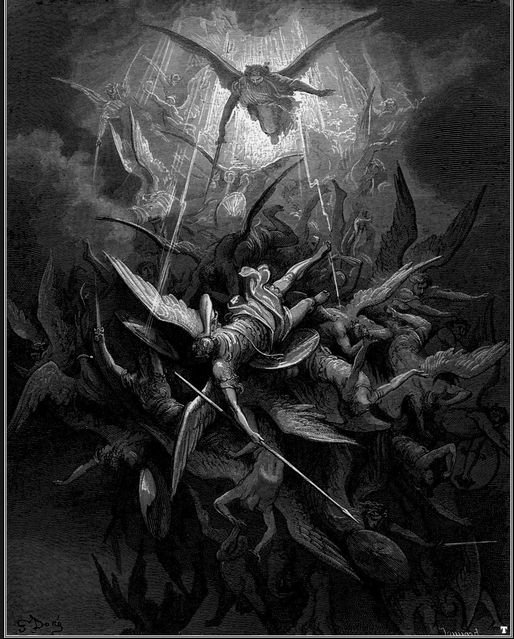
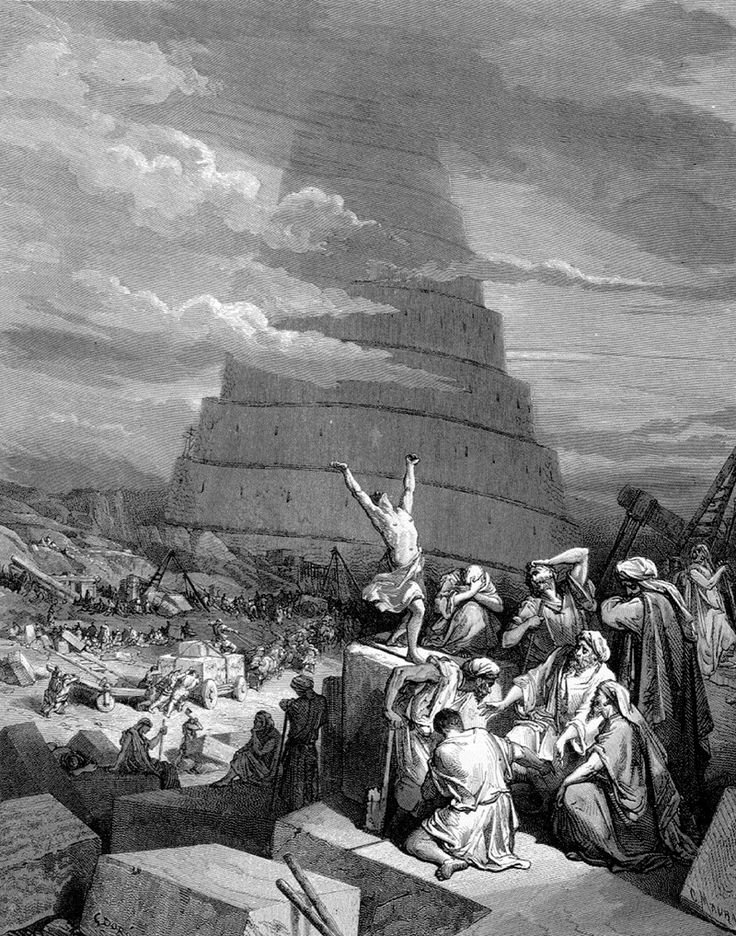



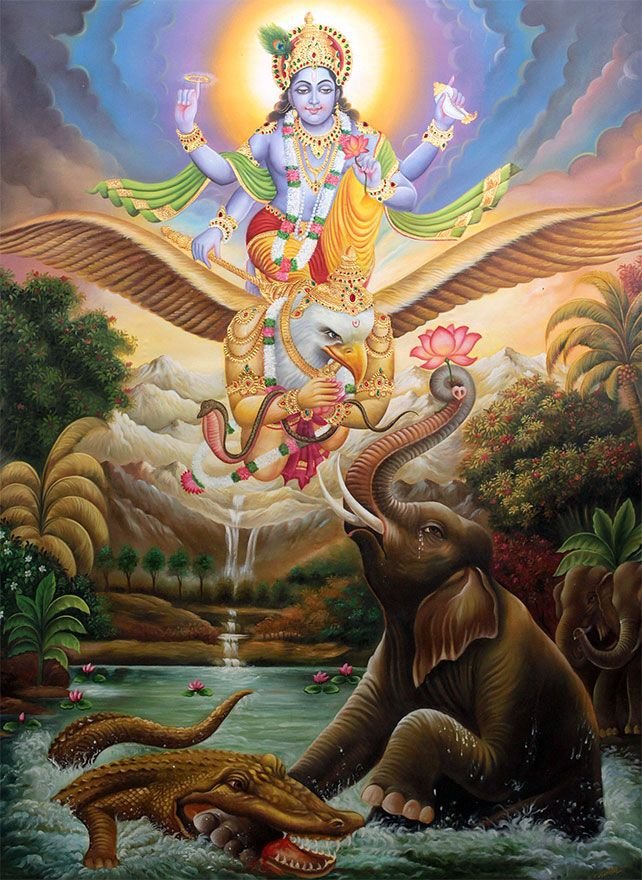
.jpg)
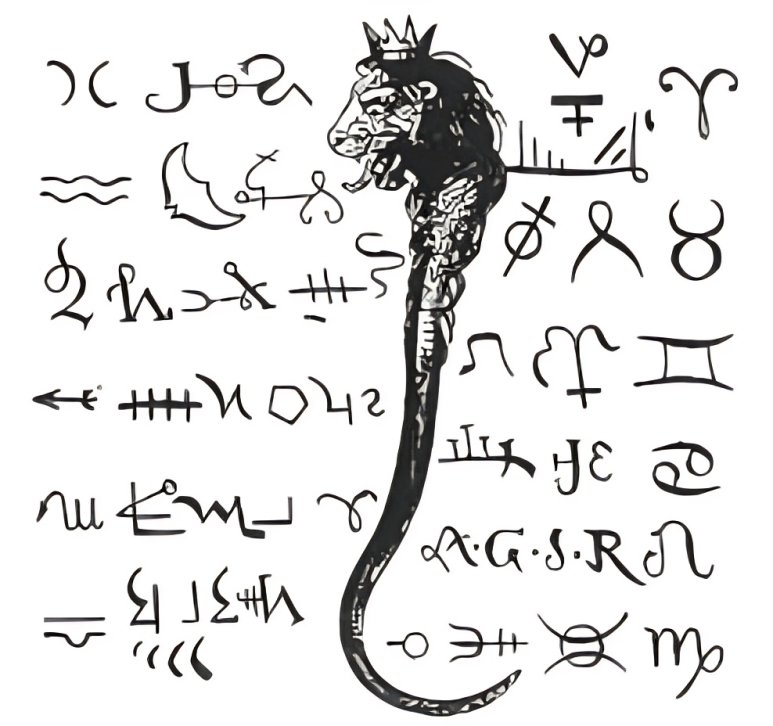





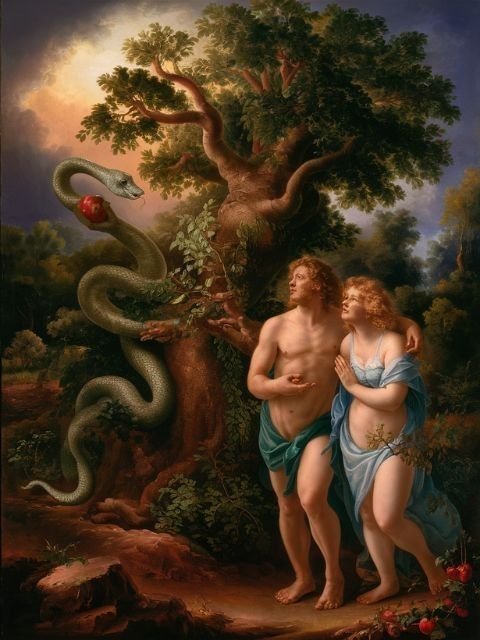

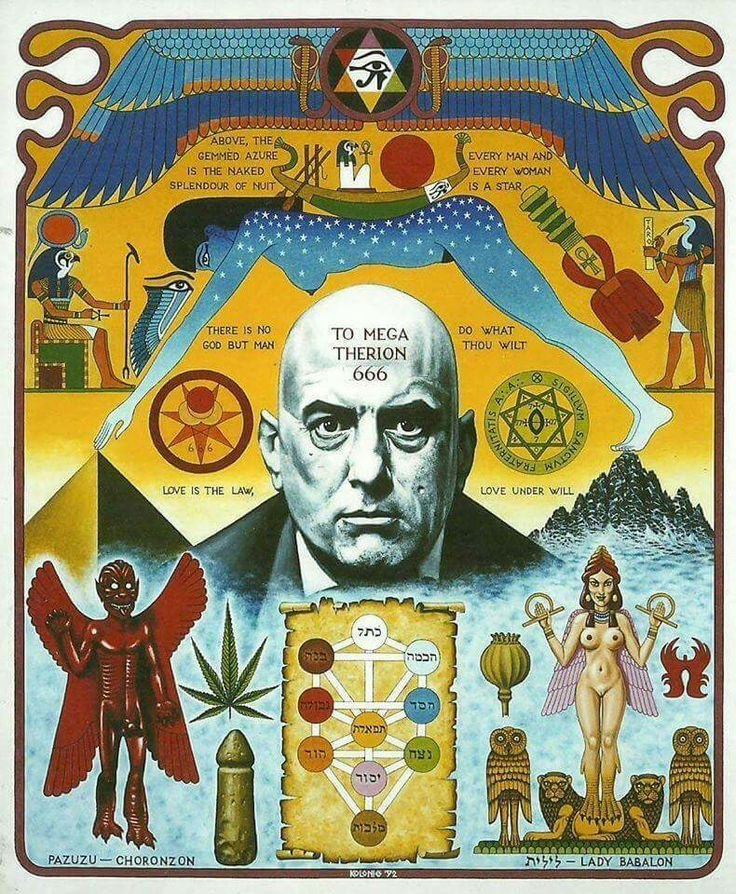

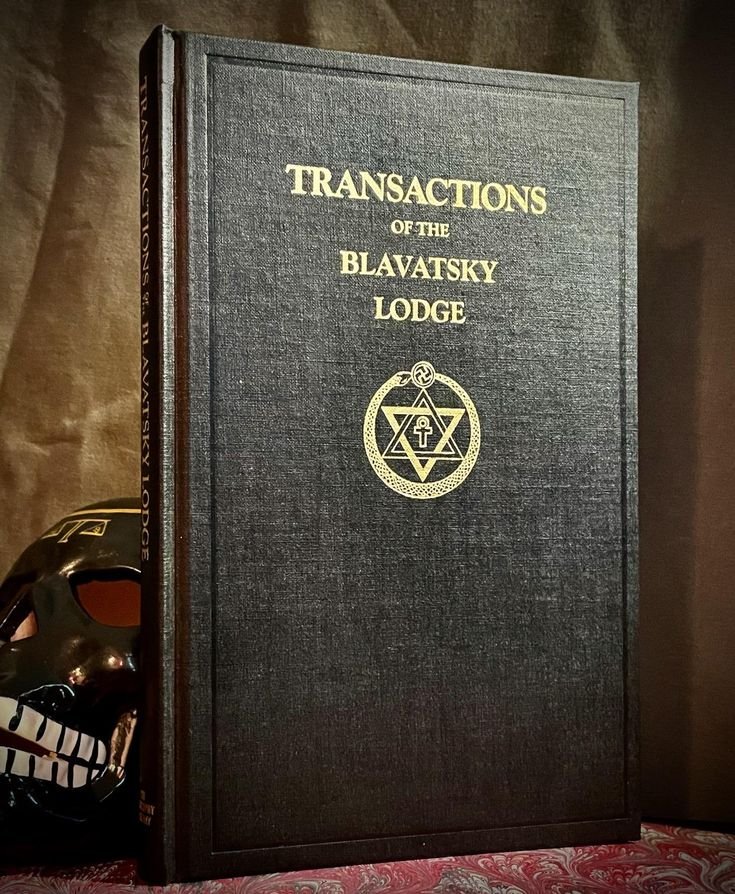
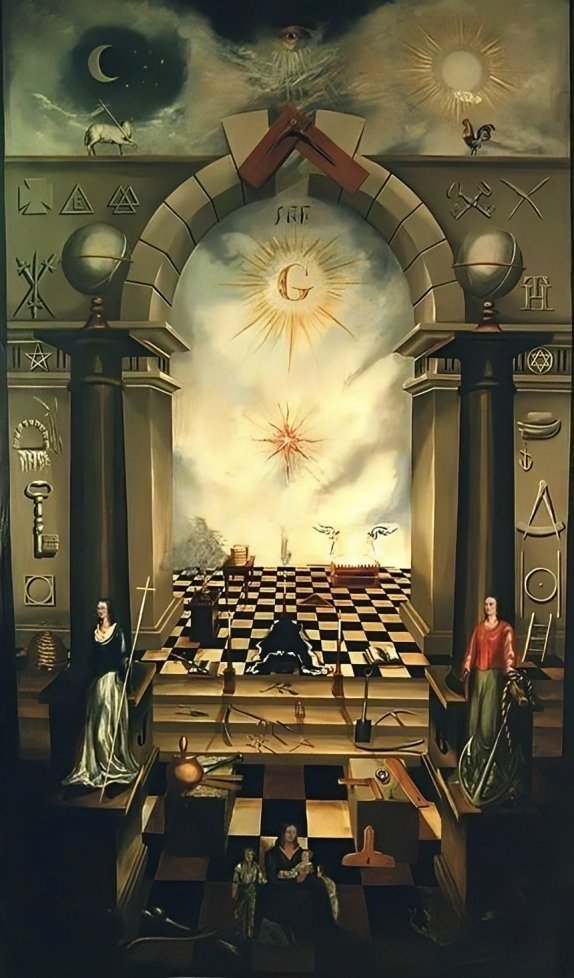
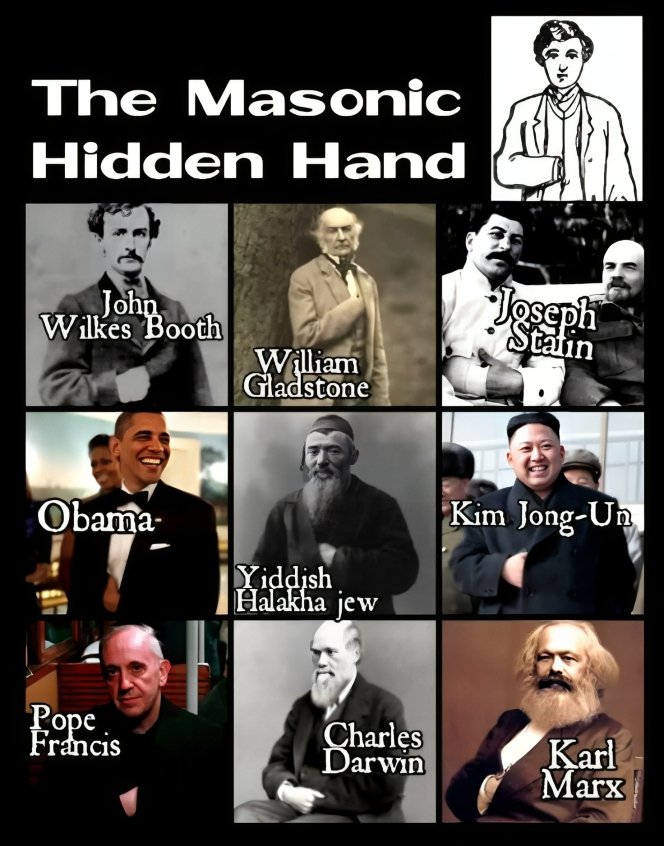
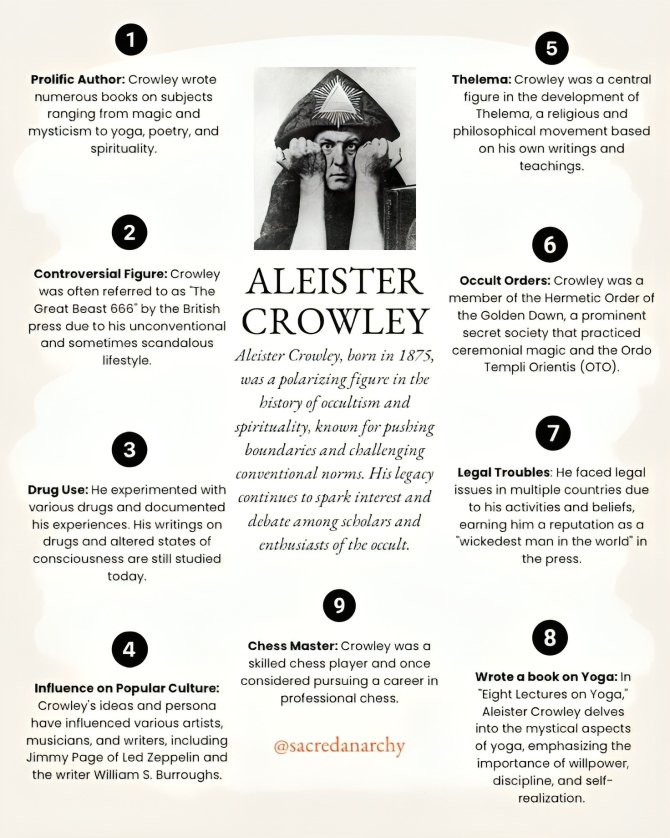




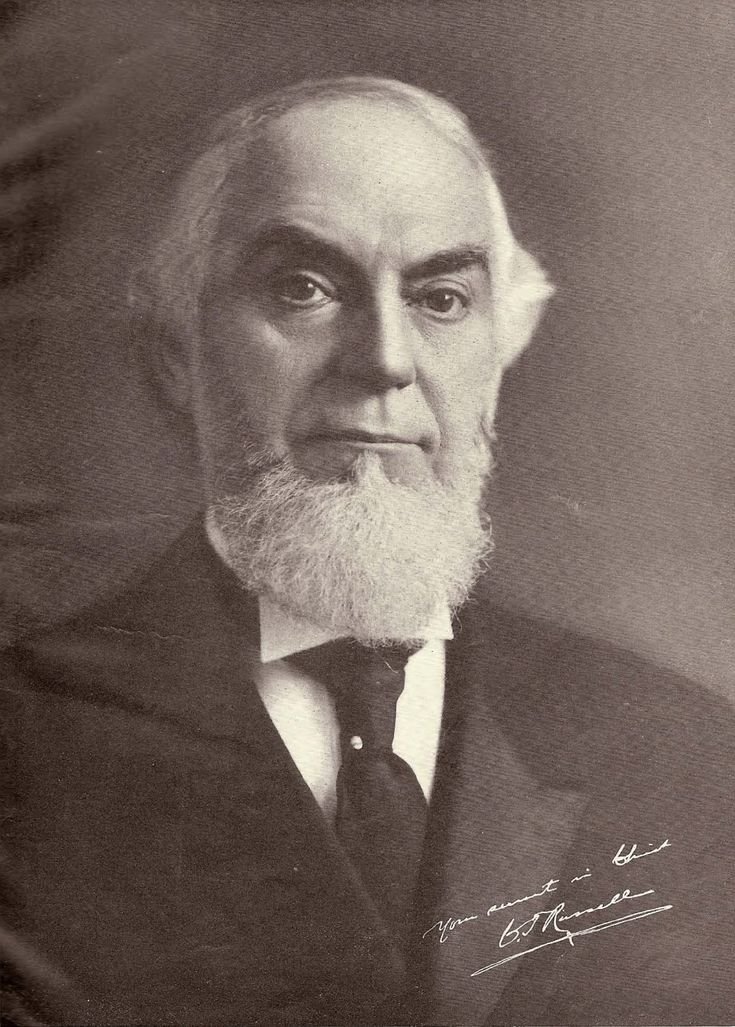

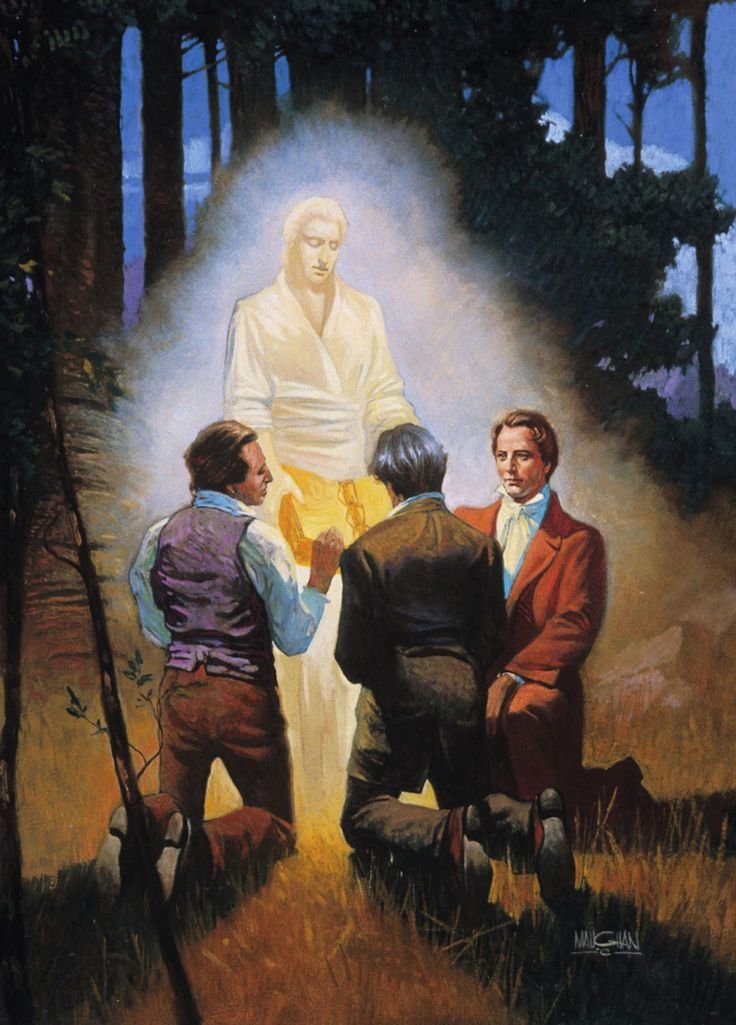


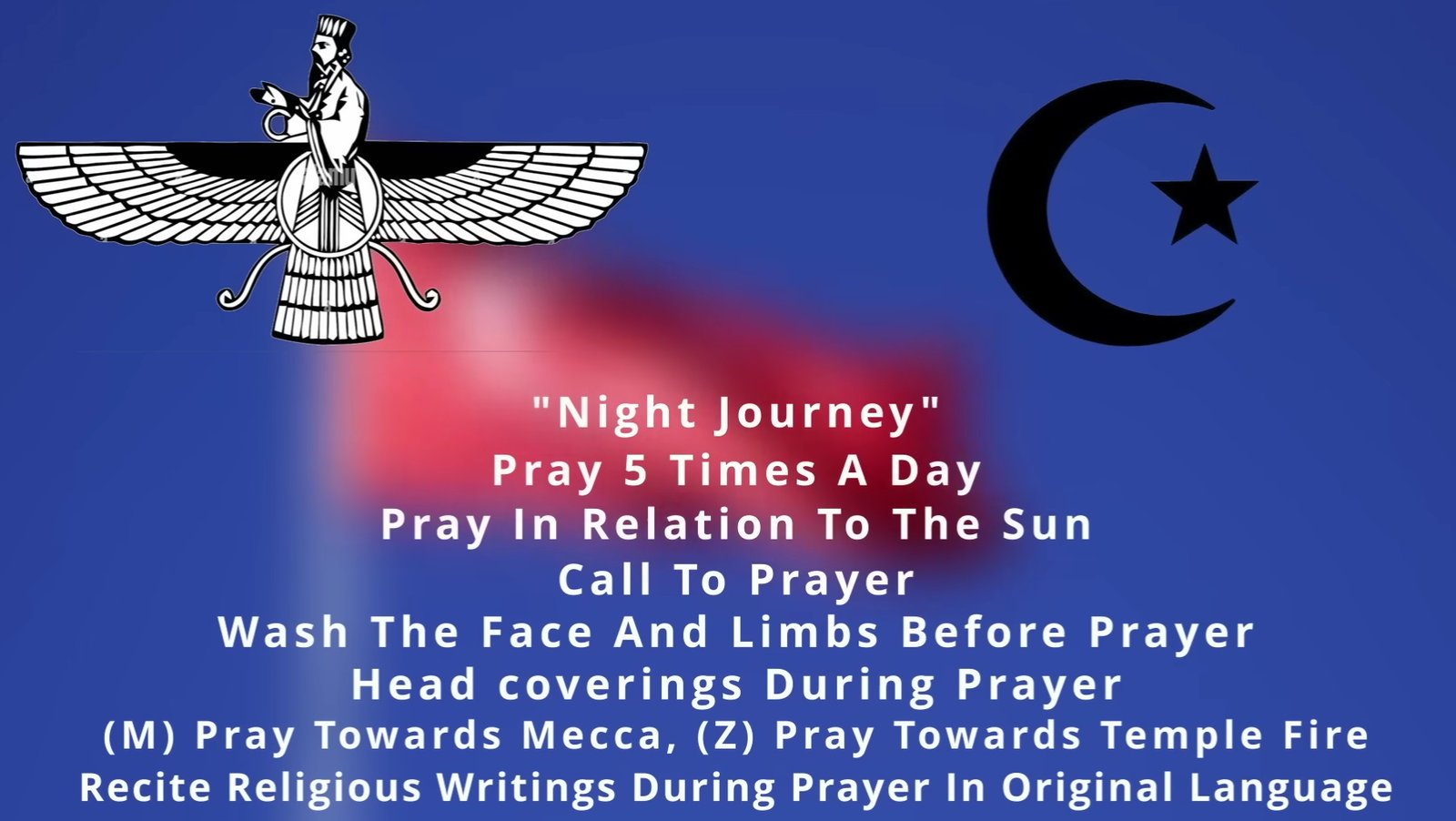
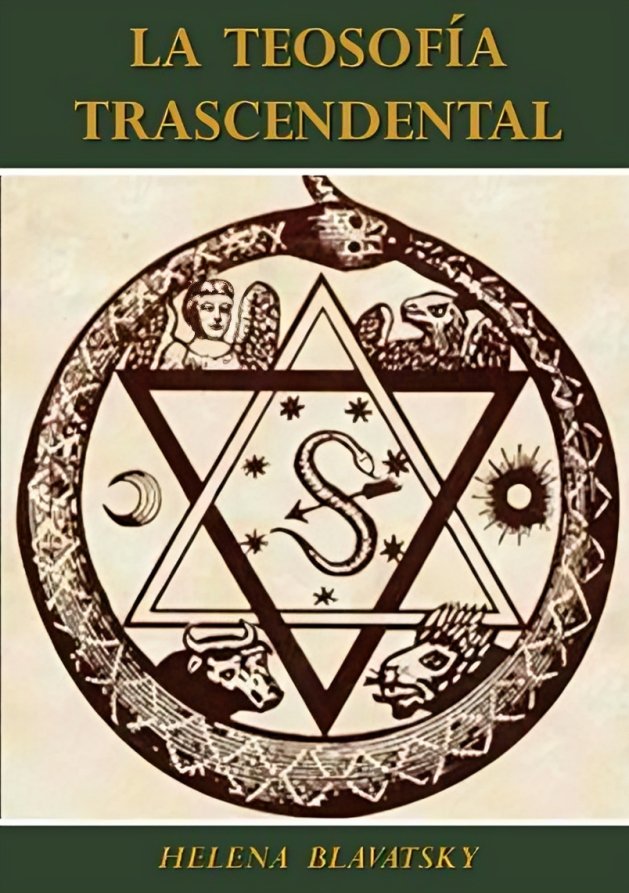






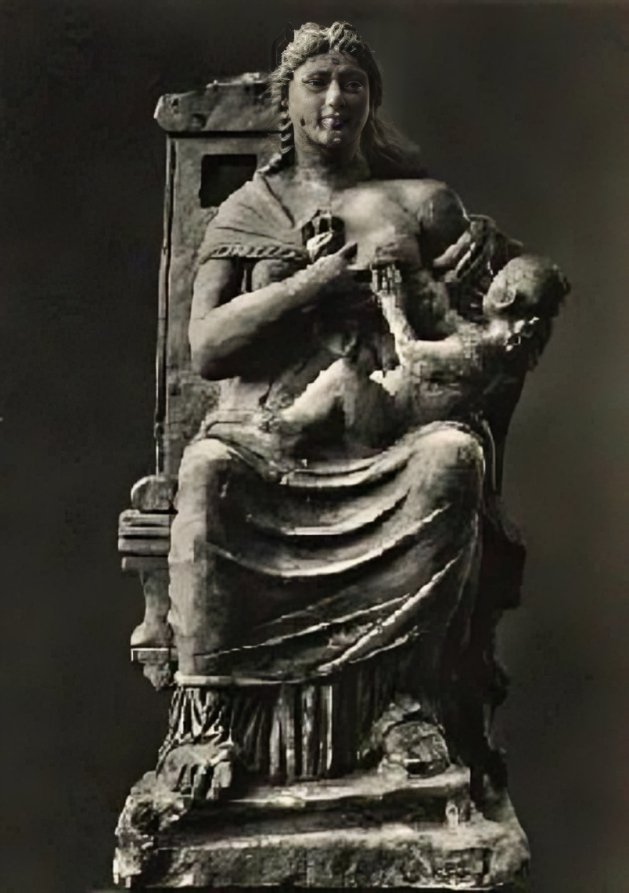
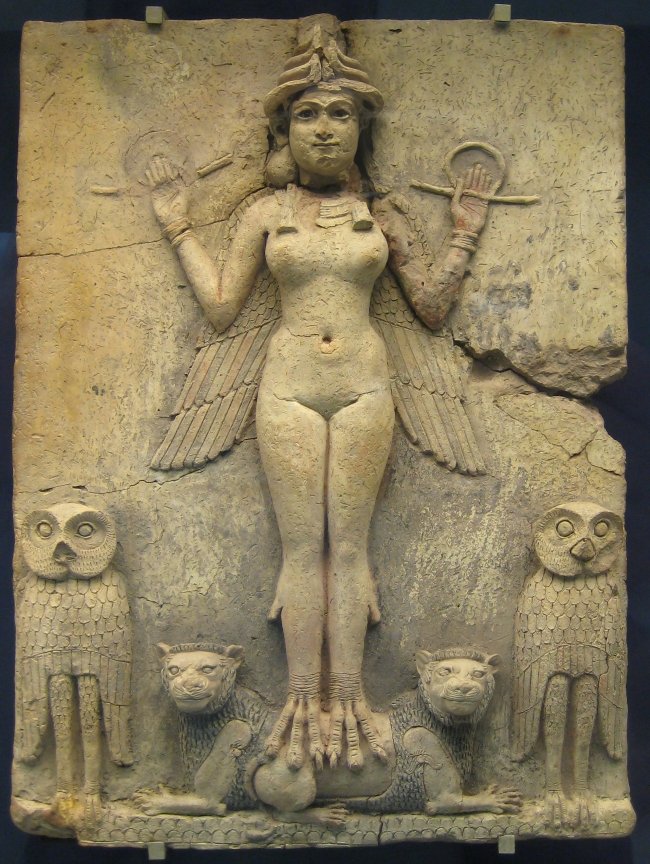


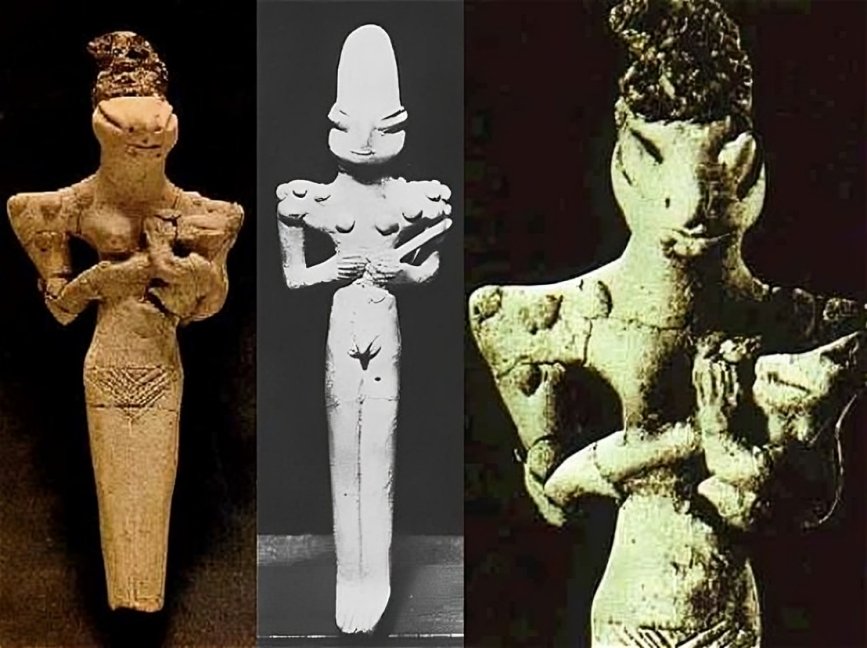


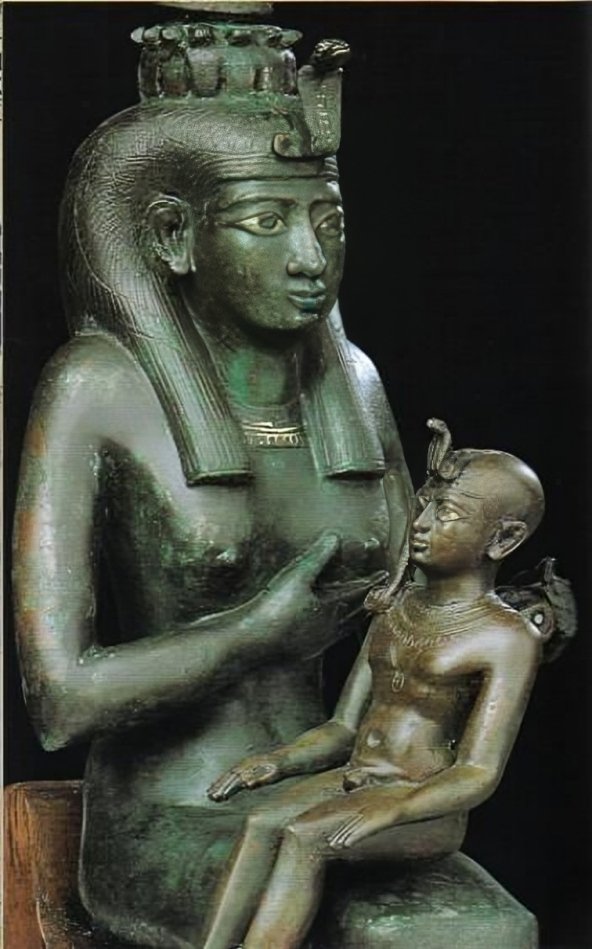
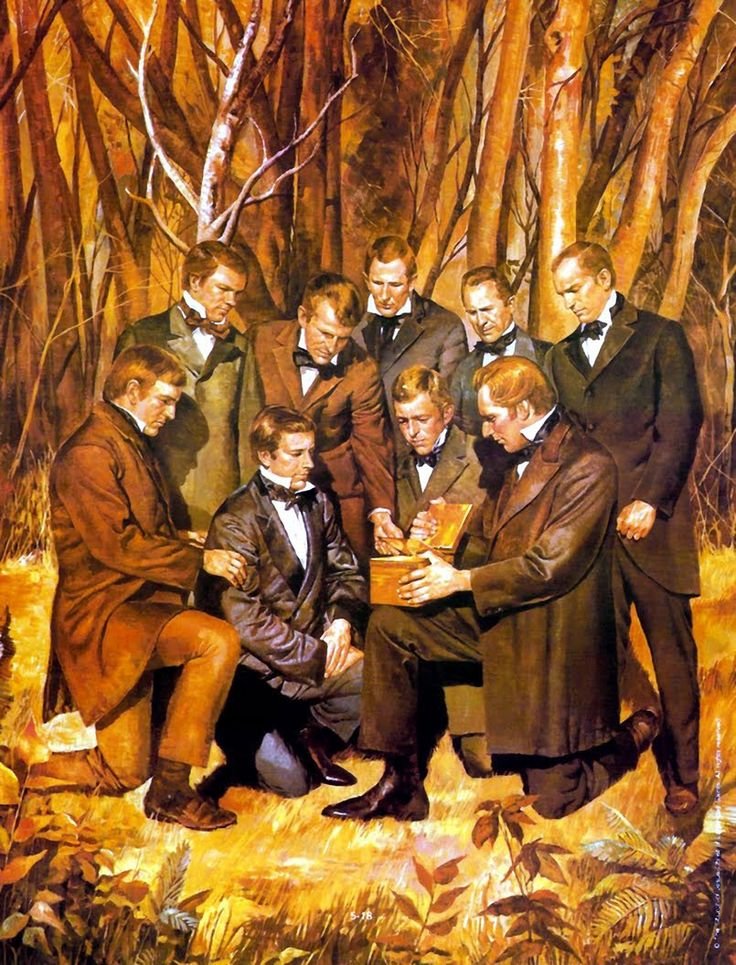


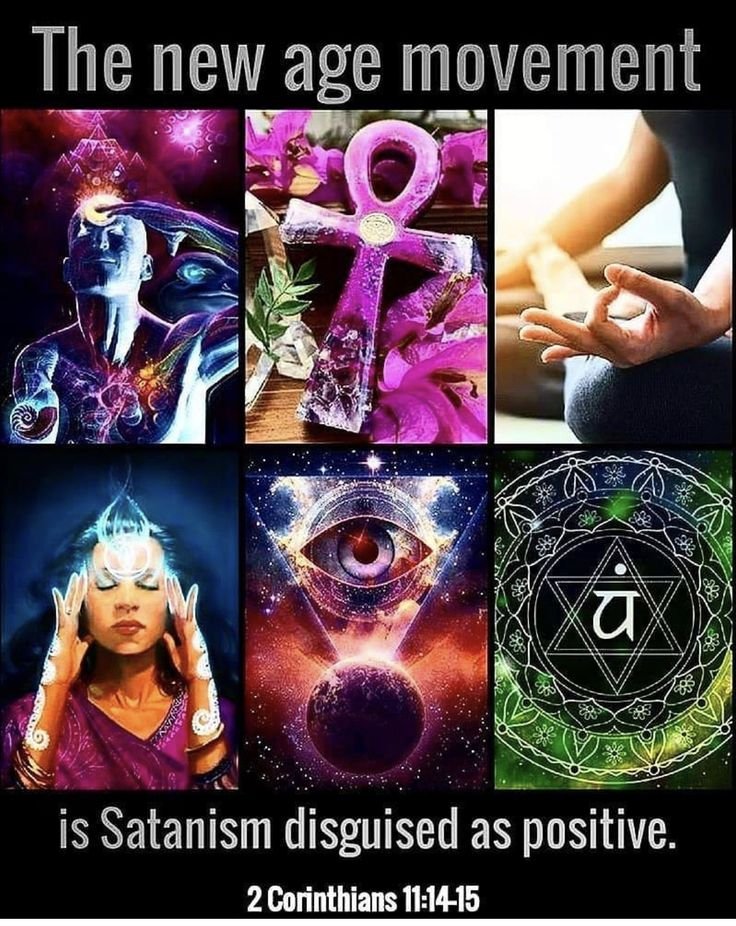

 \
\


